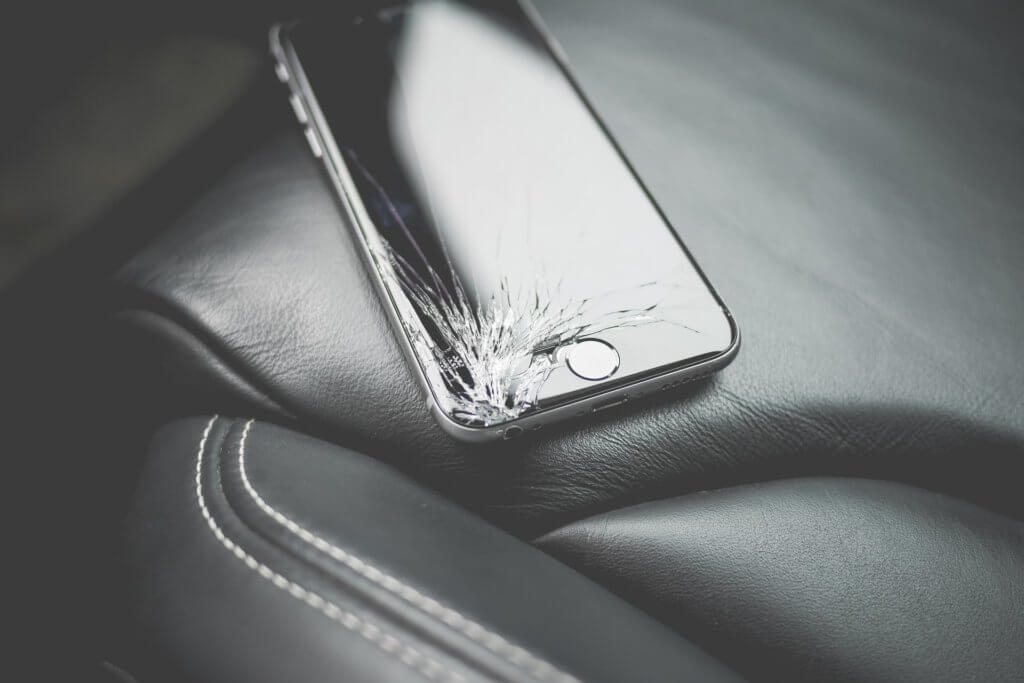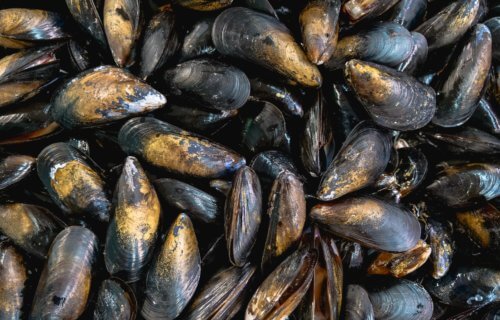WASHINGTON — Before you dig into a tasty bowl of mussels, scientists say this seafood delicacy could serve an even greater purpose — saving your smartphone from cracking! According to a new study, the hard and soft materials that create a mussel shell’s sturdy hinge could help engineers develop smash-proof electronics in the future.
Scientists are drawing inspiration from these creatures because of how fatigue-resistant their shells are in the wild. The shells open and shut hundreds of thousands of times during a bivalve’s lifetime without incurring any damage. A prototype has already been developed using the fatigue-resistant material derived from the shells. This substance also holds potential for use in aerospace and tissue engineering technologies.
“The answer lies in a combination of design and materials that resist brittle fracture over time,” the research team, led by Professor Yu Shuhong from the University of Science and Technology of China, explains in a media release.
Mollusk shells, comprised of roughly 95 percent chalk, are incredibly brittle in their pure form. However, they are coated with nacre on their inner surfaces. This substance, made up of microscopic tablets akin to miniature LEGO building blocks, lends the shell extreme strength and toughness. This makes the shell highly pliable, allowing it to resist impacts without fracturing.

Recently, the development of flexible and foldable devices has accelerated dramatically, Prof. Shuhong notes. As more and more foldable devices enter our lives, the parts that fold require the ability to withstand repeated deformation, which could otherwise lead to fatigue damage and affect the devices’ normal function.
Microscopic observations revealed that the hinge of these shells has a unique structure, resembling a folding fan. A combination of organic and inorganic matter forms a tough mineral called aragonite that constitutes the ribs of this structure, supported by a softer matrix. Hard nanowires of aragonite provide rigidity, helping to distribute stress towards the circumference of the hinge. The nanowires’ strength is amplified by the presence of twinning planes in the crystals.
“The soft matrix absorbs compressive and shear stresses as the valve opens and closes,” the team continues.
The folding fan-shaped region in the hinge can sustain substantial deformation during repetitive opening and closing movements while maintaining its structure and function for extended periods. Even after 1,500,000 cycles, the tissue still functions effectively without showing signs of fatigue.
Sea creatures like mussels, oysters, clams, and scallops construct an external shell consisting of two domed valves, joined by a hinge. These valves open for feeding and reproduction and close when the animal perceives a threat. Using muscles within the shell, a bivalve can draw the valves together, safely enclosing its body. As bivalves open and close their valves repeatedly throughout the day and live for hundreds of years in some species, the prevention of fatigue is crucial.
A proof-of-concept artificial version with embedded glass fibers in a polymer matrix is described in the journal Science.
South West News Service writer Mark Waghorn contributed to this report.

